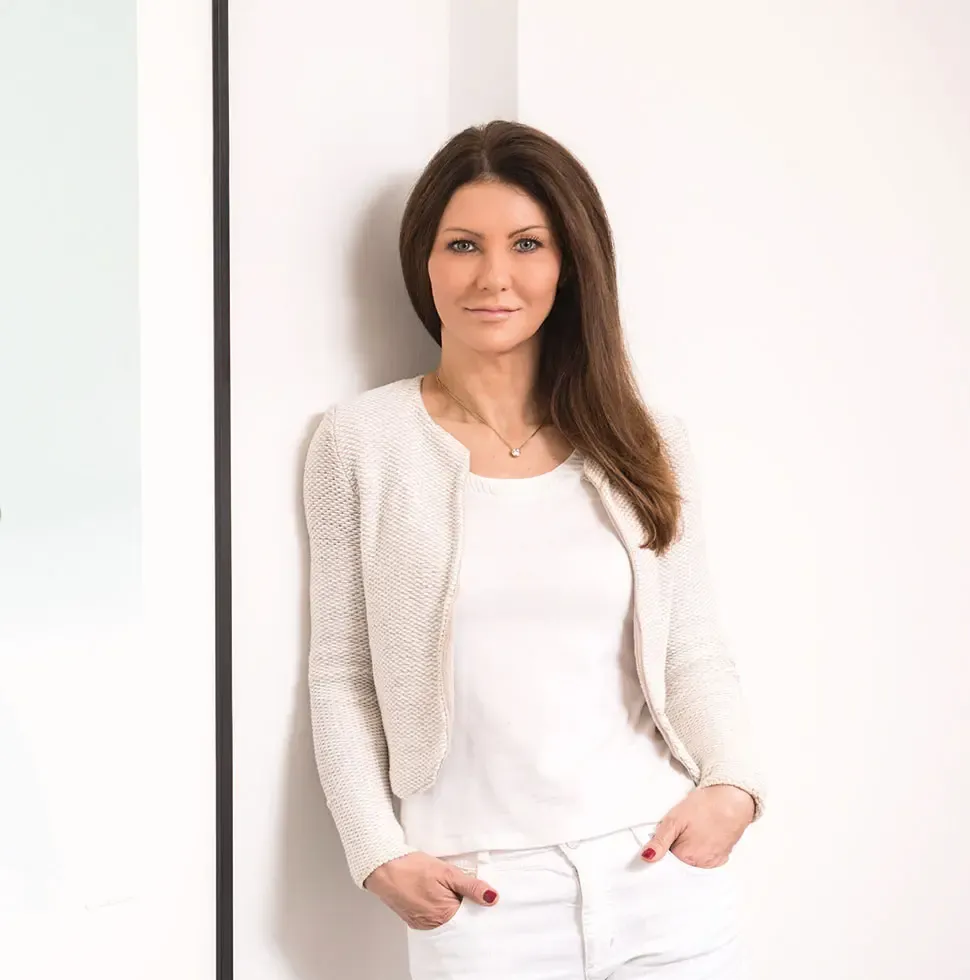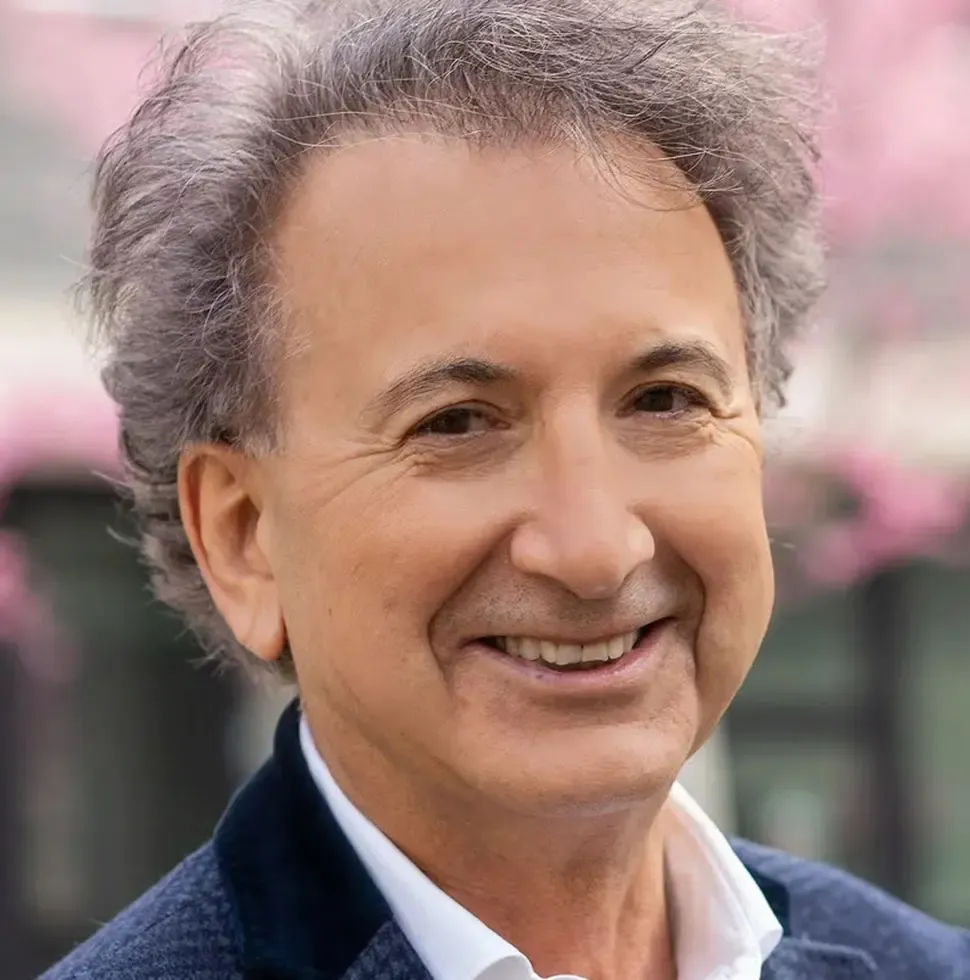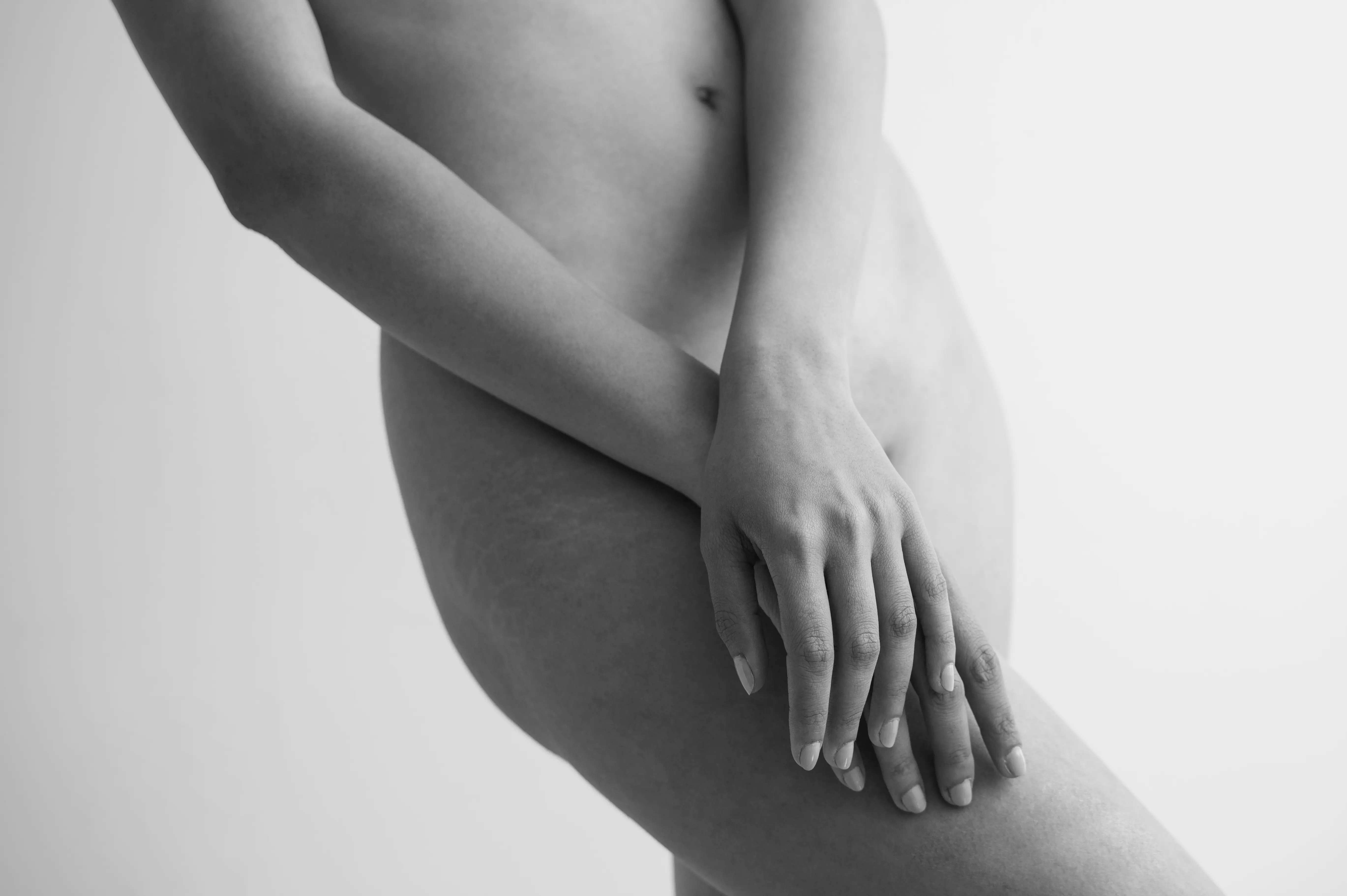Other Treatment Methods

Forehead and eyebrow lift
The forehead is a facial area that we often only pay actual attention to when it changes. Small wrinkles, larger wrinkles, and enlarged pores can quickly make an alert, fresh face appear tired. tired and sad. This phrase illustrates how many emotions are expressed in the upper facial region.
For a harmonious and aesthetic overall appearance, it often makes sense in the context of a facelift to also correct the upper facial area along with the eye and brow area. Drooped eyebrows, for example, lead to a "pseudo skin excess" on the upper eyelid. Some people also suffer from a negative tired or sad-resigned expression. Facelift Eyebrow lifting not only smooths the forehead but also "opens" the gaze without creating an astonished expression. As a result, you simultaneously appear alert and refreshed.
Brow lift influences positive radiance
This refreshed impression is achieved by premium doctors through the surgical lifting of the outer part of the eyebrow; possibly also the temple area. The incision for a forehead and eyebrow lift is made endoscopically in the hair area. This avoids a visible scar that could reveal a procedure.
This refreshed impression is achieved by premium doctors through the surgical lifting of the outer part of the eyebrow; possibly also the temple area. The incision for a forehead and eyebrow lift is made endoscopically in the hair area. This avoids a visible scar that could reveal a procedure.
Before the surgery
The forehead eyebrow lift offers the possibility to remodel the upper third of the face. The face appears fresh again without looking operated. The declared goal is a gentle, low-complication procedure with a long-lasting result. For a satisfactory result, it is important that the surgeon and patient agree before the procedure on which aesthetic changes are concretely expected—and can be fulfilled.
Procedure of the forehead eyebrow lift
In the so-called open forehead lift the surgeon works between the skin and muscles. There he releases muscle connections to the skin that cause "crow's feet," "frown lines," or "horizontal lines." In doing so, he can shape the eyebrows in any form and position. A receding hairline with a "high forehead“ or "receding hairline” can also be positively influenced with this method using the cut just behind the hairline ("hairline cut"). The risk of sensation disturbances remaining after surgery is significantly reduced with this method. There is also a low risk of injuring a nerve that controls the facial muscles.
Forehead lift via coronal incision
In the forehead lift via coronal incision - the cut is several centimeters behind the hairline - the scar is hidden in the hair. However, when the strip of excess forehead skin is cut away, the hairline is significantly moved back. This method is therefore only recommended for people with a deep hairline or a low forehead. Patients usually stay in the hospital for one day after the procedure. Swelling, bruising, and feelings of tension and numbness can occur in the first few days afterward.
Endoscopic forehead lift / eyebrow lift
Das endoscopic forehead lift involves five to six incisions about one centimeter long in the hair area, through which the doctor inserts the instruments and the endoscope (a mirror camera). This allows the surgeon to see exactly how he tightens the tissue and models the muscles from the inside. Unlike the "open" forehead lift, the surgeon cannot remove excess skin with this method. The brows can only be slightly modeled and a high, bald forehead cannot be reduced.
The surgeon prepares directly on the skull bone. This gives him limited possibilities to remove wrinkles and creases because the connections between muscles and skin cannot or can only be partially loosened in this tissue layer. Advantages are the quick recovery and the minimal trauma. After the procedure, patients should stay in the clinic for another night. The forehead and eyelid area may be slightly swollen in the first few days.
Risks of forehead-eyebrow lifting
Complications from brow-lifting are very rare. Possible complications include nerve fiber injuries, which can lead to sensitivity disorders and muscle paralysis. In rare cases, bleeding, severe swelling, wound healing disorders, scar formation, and hair loss may occur.
After the operation
A two-week work hiatus is recommended. Patients should avoid sports for about six weeks. The stitches are removed after ten days. The scar from the "open" forehead lift usually heals practically invisibly, as hair grows through the scar thanks to a special incision technique. If it remains visible, techniques such as tattooing or micro hair transplantation can be used to make the scars disappear.
Other Treatment Methods in this Department
Experts for this Treatment Method

- Aesthetic Surgery & Dermatology
Dr. med. Christian Schrank
Ästhetik am Ammersee / Privatklinik Dr. Schindlbeck
- Aesthetic Surgery & Dermatology
Dr. med. Elisabeth Zott-Schuhmachers
Meine Haut München
- Aesthetic Surgery & Dermatology
Dr. med. Savas Uckunkaya
Praxisklinik im Haubrichforum
- Aesthetic Surgery & Dermatology
Dr. med. Susanne Steinkraus
Dr. med. Susanne Steinkraus, DERMATOLOGY AND AESTHETICS, Dr. med. Susanne Steinkraus & Kollegen
- Aesthetic Surgery & Dermatology
Dr. med. Michaela Montanari
Plastische und Ästhetische Chirurgie
- Aesthetic Surgery & Dermatology
Dr. med. Caroline Kim
Praxis für Ästhetische und Plastische ChirurgieAll Experts in this Department
Show All
- Aesthetic Surgery & Dermatology
Dr. med. Anna Brandenburg
Dermatologische Privatpraxis Dr. Anna Brandenburg
- Aesthetic Surgery & Dermatology
Prof. Dr. med. Johannes a. Veit
Nasenchirurgie München
- Aesthetic Surgery & Dermatology
Dr. med. Hanna M. D. Halter
Derma Marienplatz
- Aesthetic Surgery & Dermatology
Dr. med. Anette Zimpfer-Keese
Dres. Zimpfer/Zimpfer-Keese MVZ
- Aesthetic Surgery & Dermatology
Dr. med. Daniel Thome
aesthetic and soul
- Aesthetic Surgery & Dermatology







